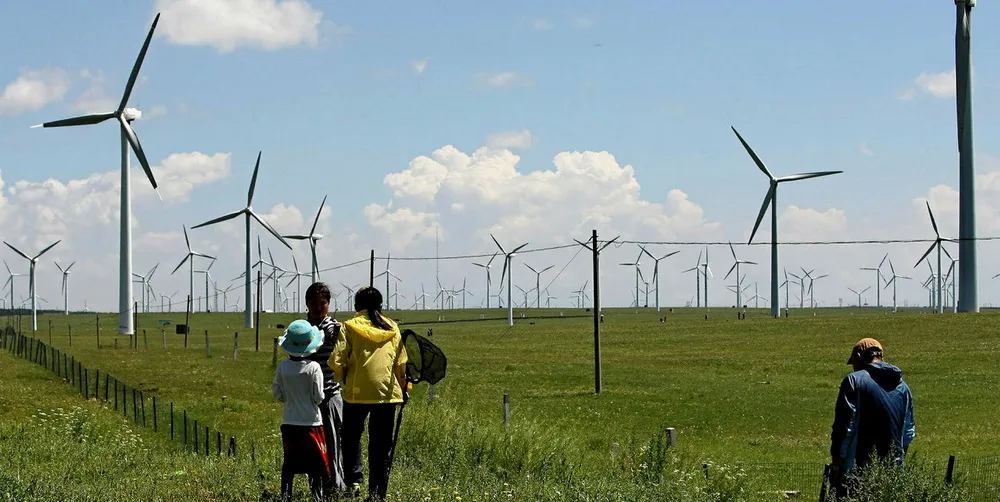Ming Yang unveils 1.3GW wind-solar-battery hybrid plan
The Chinese province of Mongolia is issuing wind power permits again after a ban from Beijing was lifted

The Chinese province of Mongolia is issuing wind power permits again after a ban from Beijing was lifted
